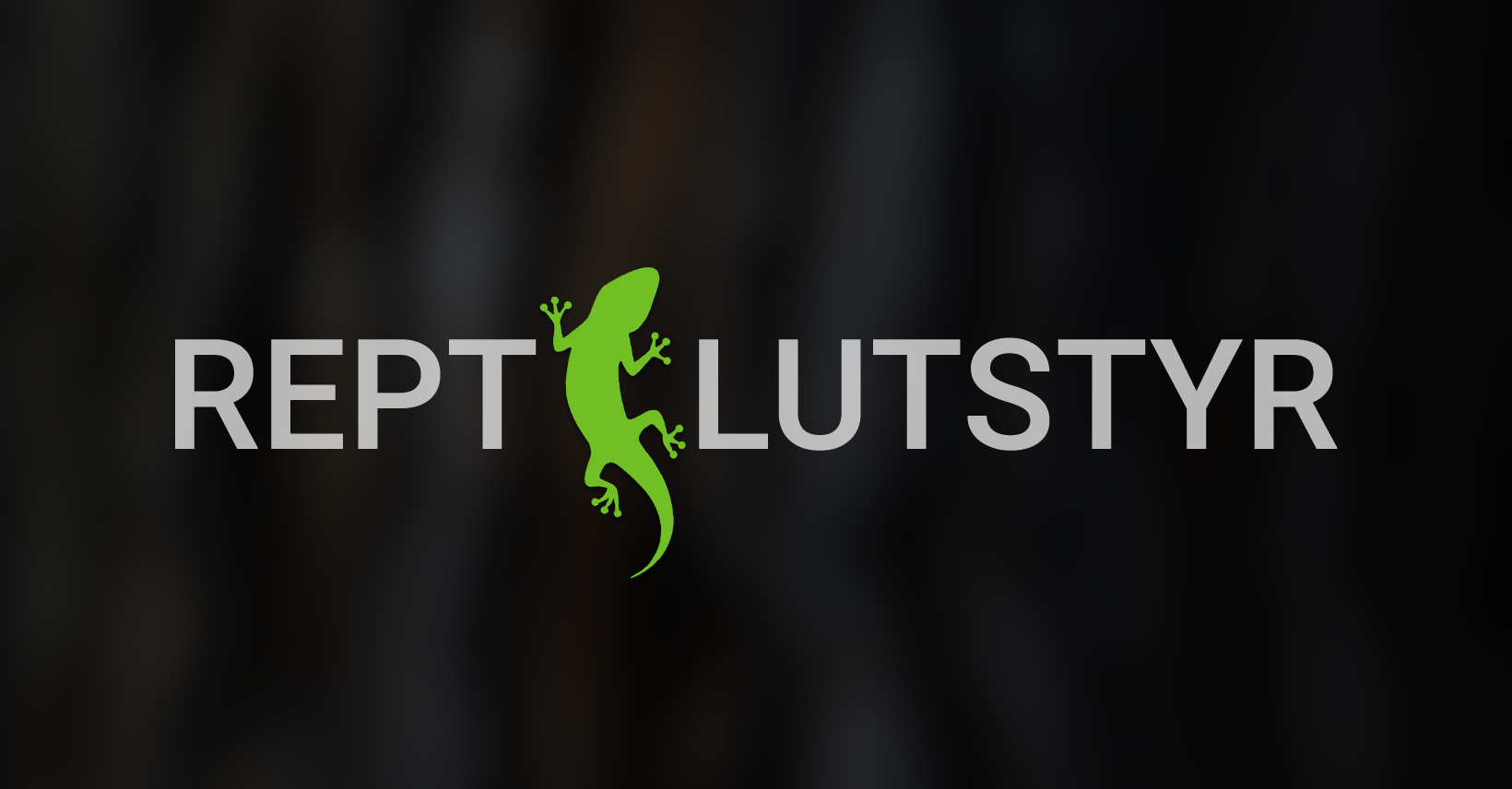Handlekurven er tom
-
0
-
AKVARIUM
-
FUGLER OG GNAGERE
-
LEVENDE HOBBYDYR & REPTILER- MÅ
-
LYS
-
VARME
- FÔR
Se alle produkter
MÅ HENTES
Name and Description History:
Ceratogyrus marshalli Pocock, 1897Type: Old world, Terrestrial, opportunistic burrower
Size: About 4-5”
Growth Rate: Fast
Natural Habitat: South east Africa – Zimbabwe and Mozambique. Scrubland.Feeding:Crickets, dubia roaches, mealworms. Be sure to feed according to the size of your spiderling/ spider. Remember to remove uneaten prey or leftover bolus.
Housing Needs: Fossorial setup. Deep substrate, 6-8" will accommodate their burrows nicely. If they are not given enough digging space, they will heavily web the enclosure.
Temperament: These guys are known to be rather defensive. We recommend them for intermediate - experienced keepers.
About: What sets this species apart from most, and makes it unique to many collections, is the black horn that grows in the center of its carapace. This species grows the largest horn of the Ceratogyrus genus and the horn is straight rather than curved as is seen on the C. darlingi. Foveal horns are seen in many species within the Ceratogyrus genus. This formidable species is known to be defensive, a trait common to African species. Great care should be taken with this fast spider. They are very efficient earth movers and you will see them burrow and web up their home pretty quickly. When they are ready to eat, they will often wait at the mouth of their burrows for an unsuspecting roach to pass by.
But what is that horn for? Well, no one seems to know for certain, but as is referenced below, Rick West suggested that the horn may give this spider a greater ability to eat quicker by increasing its ability to draw up liquefied food. It may also allow it to take in more nutrients and water.
West, R.C. (1986). Ceratogyrus. Journal of the British Tarantula Society 1(4):79-80
Se alle produkter
-
VARME
Se alle produkter
-
LEVENDE HOBBYDYR & REPTILER- MÅ
Se alle produkter
-
FUGLER OG GNAGERE


Kommentarer